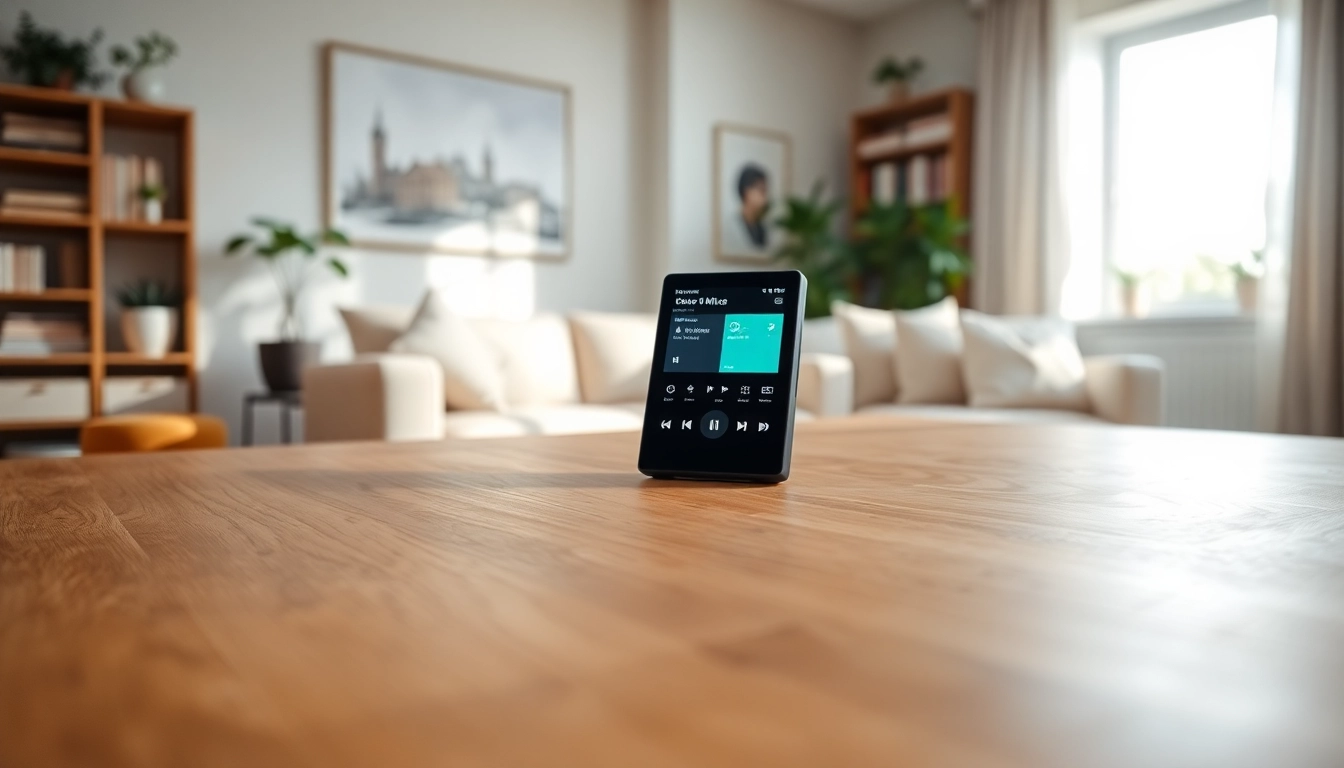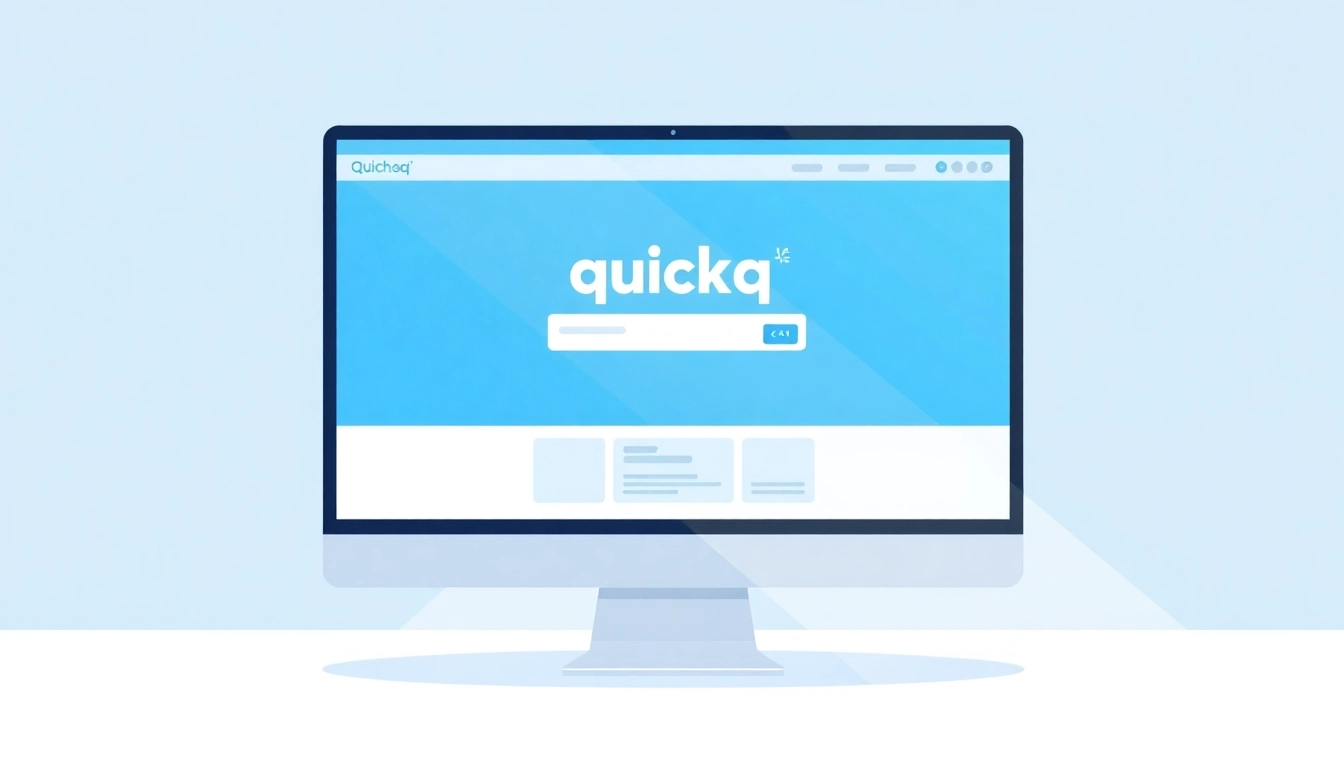Understanding the Essential Features of Modern MP3 Players
In today’s digital age, MP3 players remain a staple for music enthusiasts who seek a dedicated device for their audio experience. Unlike smartphones that are packed with functionalities, MP3 players provide a streamlined, user-centric approach focused on music playback. For detailed insights, you can explore https://hardwareplayer.com. As we delve into what makes a modern MP3 player essential, we’ll explore key features that enhance usability, audio fidelity, and overall performance.
Design and Ergonomics
The design and ergonomics of an MP3 player play a pivotal role in user experience. Seek for devices that are lightweight and compact, making them convenient for daily use and travel. The placement of controls should allow for easy navigation, enhancing user interaction without overwhelming the user with too many options.
Screen size, while less significant in a dedicated music player compared to a smartphone, should still be sufficient for easy menu navigation and album artwork display. Common designs incorporate touchscreens, allowing users to swipe through their libraries seamlessly, although button-based navigations are also valued for tactile feedback. Ultimately, the best design prioritizes comfort and usability, delivering a satisfying grip and intuitive handling.
Audio Quality and Connectivity
Audio quality is paramount for any music player, and modern MP3 players are designed to deliver high-fidelity sound. Look for devices that support lossless audio formats such as FLAC or ALAC, which preserve the richness of recordings. The digital-to-analog converter (DAC) quality can significantly influence the sound output, with higher-end models utilizing advanced DAC chips for improved clarity.
Additionally, connectivity options have evolved. Bluetooth capabilities are essential for wireless listening, allowing users to connect to headphones and speakers effortlessly. Some players also offer Wi-Fi options for streaming and app integrations, enhancing the listening experiences further. Comprehensive connectivity ensures that users enjoy diverse music formats while maintaining excellent sound quality.
Storage Capacity and Formats Supported
Storage capacity is another vital consideration when choosing an MP3 player. While many conventional models offer built-in storage, additional options like microSD card slots provide the flexibility to expand memory based on user needs. An ideal MP3 player should support various audio formats such as MP3, AAC, WMA, and FLAC, ensuring compatibility with a wide range of files.
Users should assess their music libraries and determine how much storage is adequate for offline listening, especially in cases where connectivity may be restricted. A solid recommendation is to opt for a player that can accommodate at least 32 GB of storage, providing ample space for playlists and albums.
Top Use Cases for MP3 Players Today
MP3 players serve diverse purposes in modern life, catering to various activities and situations. As technology trends continue to shift, understanding these applications helps users maximize their investment in a dedicated music device.
Fitness and Outdoor Activities
For fitness enthusiasts, the appeal of an MP3 player lies in its ability to provide an audio backdrop without the distractions of a smartphone. Joggers and gym-goers appreciate lightweight and durable models that can withstand sweat and bumps. The integration of Bluetooth technology allows for wireless headphones, eliminating cable tangles during workouts.
Music has been a motivator for many during workouts. MP3 players can store personalized playlists that energize users, helping maintain endurance and focus during exercise. With an array of available features such as audio coaching or integrated pedometers, certain models enhance the fitness experience significantly.
Home Entertainment Systems
While streaming from smartphones can be convenient, dedicated MP3 players offer unique advantages for home entertainment. High-end models often feature superior DACs and output options, integrating seamlessly with home stereo systems. This setup can deliver a rich audio experience, particularly beneficial for audiophiles.
Some users adopt MP3 players as music servers, attaching them to receiver systems via USB or optical out. This versatility allows for high-quality playback without constant reliance on internet connections, making it an ideal solution for curated library listening.
Traveling and On-the-Go Listening
Travelers benefit significantly from the compactness and battery longevity of modern MP3 players. Unlike smartphones, which often require management of various applications and notifications, MP3 players allow for a distraction-free experience focused exclusively on music. These devices can cache playlists for offline use, negating the need for continual internet access.
Moreover, the battery life of dedicated music players can exceed smartphones, often allowing for weeks of listening on a single charge. This makes them perfect companions during long journeys, enabling users to delve into their favorite tracks and podcasts without interruption.
Comparing MP3 Players to Streaming Services
As streaming services gain traction, it’s prudent to evaluate how dedicated MP3 players stand up against them. Both options offer distinct advantages suited to individual user preferences.
Offline Listening Advantages
One of the most notable advantages of MP3 players is their capacity for offline playback. Users can download music directly to their devices, eliminating data usage and the hassle of buffering. For those who travel frequently or spend time in areas with limited connectivity, this attribute is priceless.
In contrast, streaming services typically require internet access for playback. While they do offer offline modes, users are often limited by subscription requirements and content availability. Consequently, dedicated MP3 players provide a certainty that streaming services may not, allowing for complete access to a personal music library without reliance on external sources.
Battery Life Considerations
Battery life is critical for both MP3 players and streaming devices; however, dedicated players generally provide superior performance due to their streamlined functionality. Average MP3 players can offer 20-30 hours of continuous playback, while smartphones often fall short due to their multifaceted roles, resulting in quicker energy depletion.
For users who prioritize long listening sessions, dedicated MP3 players present a definitive plus point, allowing for uninterrupted auditory experiences without the constant need for a charger.
Customization Options for Music Libraries
MP3 players allow users greater flexibility in organizing their music collections. Many offer robust sorting options such as by artist, genre, or album, and some even allow creation of playlists directly on the device. This customization contributes to a personalized listening experience tailored to individual tastes, making it easy to navigate large collections effortlessly.
Streaming services, although convenient, often lead to algorithm-driven music categorizations that may not resonate with every user. Thus, the traditional model of owning digital music through an MP3 player offers a more rewarding and easily customizable experience.
Choosing the Right MP3 Player for Your Needs
Selecting an MP3 player requires consideration of several factors tailored to personal needs and preferences. Below, we explore key elements to weigh against when making a purchase decision.
Budget Considerations and Brands
Budget is often the primary constraint for consumers when selecting any tech device, including MP3 players. A myriad of options exists, ranging from budget-friendly models to professional-grade players costing several hundred dollars. Understanding one’s own requirements will help create an appropriate budget.
While it may be tempting to opt for the cheapest option, it’s essential to assess performance expectations, such as audio quality and feature availability. Investing slightly more in a reputable brand can yield long-term satisfaction, especially for avid music listeners.
Feature Sets: What Matters Most?
Critical features to consider when selecting an MP3 player can include audio format compatibility, Bluetooth connectivity, screen quality, and storage capacity. Users should prioritize features based on use cases—fitness-focused individuals may prioritize durability and battery life, while home users might seek expansive storage and superior audio fidelity.
A list of must-have features should be prepared before shopping, ensuring a more focused and purposeful selection process.
Future-Proofing Your Device Selection
As technology evolves, it’s vital to choose an MP3 player that is somewhat future-proof. This means considering models that offer upgradable software, new features, and longer shelf lives, as they tend to integrate enhancements aligned with user demands. You’ll also want to look for those adaptable to trends such as high-resolution audio and wireless streaming capabilities.
Selecting a device that aligns with anticipated trends in music playback will reassure a satisfactory user experience for years to come.
Best Practices for Maintaining Your MP3 Player
Regular Software Updates and Care Tips
Regular software updates are essential for optimal device functioning. These updates often provide performance enhancements, security patches, and new feature introductions. Setting up the MP3 player software to update automatically—or checking regularly—will prevent potential system lags.
Additionally, keeping the device clean, especially the screen and buttons, will enhance the user experience. Using microfiber cloths for cleaning can prevent scratches and ensure controls respond effectively.
Proper Charging Techniques and Battery Management
For extended battery life, it’s important to consider appropriate charging practices. Avoid allowing your MP3 player battery to deplete completely before recharge, as this can gradually reduce its lifespan. Instead, keep the device charged between 20% and 80% for optimal health.
When not in use, consider powering down the player or enabling sleep mode to conserve battery. Educating users on the right charging approach is vital for maintaining device performance over time.
Protecting Your Device: Cases and Storage Solutions
Investing in a high-quality case can protect your MP3 player from accidental drops and physical damage. Options such as hard cases or silicone covers provide varying levels of protection based on activity type.
Additionally, consider storage solutions for your music files. Using cloud storage or external hard drives ensures a secure backup of your music library, providing assurance even in cases of device losses. This preventative approach simplifies recovery and enables peace of mind for users.


